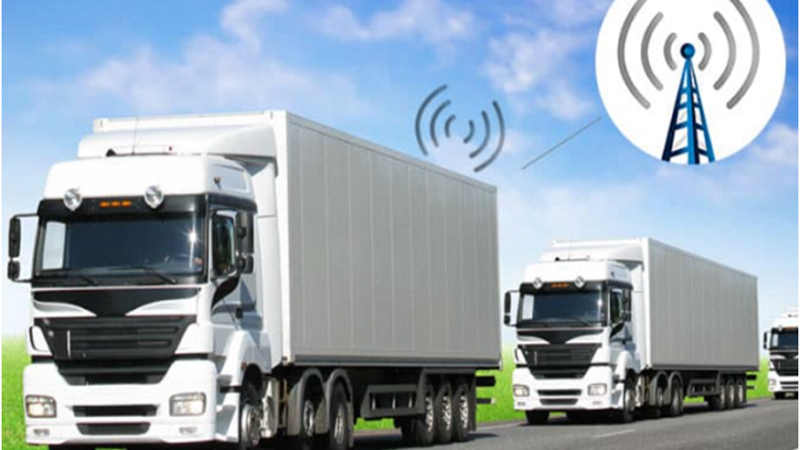The GDPR and End-Point Security: Protecting Data and Ensuring Compliance
In today’s digital age, data protection has become a paramount concern for businesses worldwide. The General Data Protection Regulation (GDPR) is a comprehensive data privacy regulation that was introduced by the European Union (EU) to safeguard the personal data of EU citizens. With the ever-increasing threat of data breaches and cyberattacks, businesses must prioritize end-point security to ensure compliance with GDPR and protect sensitive data. In this article, we will explore the vital connection between GDPR and end-point security and discuss best practices for securing data and achieving regulatory compliance.
Understanding GDPR and Its Impact on Businesses
GDPR, which came into effect in May 2018, places strict obligations on organizations that collect, process, and store personal data of EU residents. It applies to businesses not only within the EU but also to those outside the EU if they handle the data of EU citizens. GDPR enforces transparency, consent, data minimization, and accountability, empowering individuals to have control over their personal information.
The Role of End-Point Security in GDPR Compliance
End-point security plays a critical role in GDPR compliance as it focuses on protecting the devices (end-points) that employees use to access, store, and process data. These end-points include laptops, desktops, smartphones, tablets, and other devices that connect to an organization’s network.
Data Encryption and Access Control
GDPR requires that personal data be protected from unauthorized access or disclosure. End-point security solutions employ data encryption to ensure that data remains secure both at rest and in transit. Additionally, access control measures limit data access to authorized personnel only, minimizing the risk of data breaches.
Endpoint Detection and Response (EDR)
EDR tools are essential in identifying and responding to potential security incidents in real-time. These solutions monitor end-point activities and swiftly detect any suspicious behavior, enabling rapid response and containment of threats.
Patch Management
Regular software patching is a critical aspect of end-point security. Keeping operating systems and software up-to-date with the latest security patches helps address vulnerabilities and reduce the risk of cyberattacks.
Mobile Device Management (MDM)
With the rise of remote work and the use of personal devices, implementing MDM solutions becomes crucial. MDM ensures that all devices accessing company data are secure, properly configured, and compliant with company policies.
Data Loss Prevention (DLP)
DLP solutions help prevent data leaks by monitoring and controlling data transfers both within and outside the organization. They can automatically block or encrypt sensitive data to prevent unauthorized access.
Employee Training and Awareness
End-point security is not solely reliant on technology; it also involves employees’ understanding of their role in data protection. Regular training and awareness programs educate employees about GDPR requirements, data handling best practices, and how to recognize potential security threats.
Best Practices for End-Point Security and GDPR Compliance
Conduct Regular Risk Assessments: Perform comprehensive risk assessments to identify potential vulnerabilities and security gaps in end-point devices and processes. Address any identified risks promptly to maintain GDPR compliance.
Implement Multi-Factor Authentication (MFA): MFA adds an extra layer of security by requiring users to provide multiple forms of identification before accessing sensitive data. This reduces the risk of unauthorized access, even in the event of stolen credentials.
Monitor End-Point Activities: Proactively monitor end-point activities using EDR and SIEM (Security Information and Event Management) tools. Continuous monitoring allows for quick detection and response to potential security incidents.
Maintain an Incident Response Plan: Create and regularly update an incident response plan to address data breaches effectively. Having a well-defined plan ensures a swift and coordinated response in the event of a security incident.
Regularly Train Employees: Educate employees on data protection best practices, GDPR requirements, and the importance of end-point security. A well-informed workforce is better equipped to handle data responsibly and reduce the risk of security breaches.
Conclusion
GDPR and end-point security are intrinsically linked, with both aiming to protect personal data and ensure regulatory compliance. End-point security measures play a crucial role in safeguarding data on devices where employees interact with sensitive information. Regular risk assessments allows for employee monitoring are essential in maintaining a strong defense against evolving cyber threats and safeguarding the privacy of individuals’ personal data.







